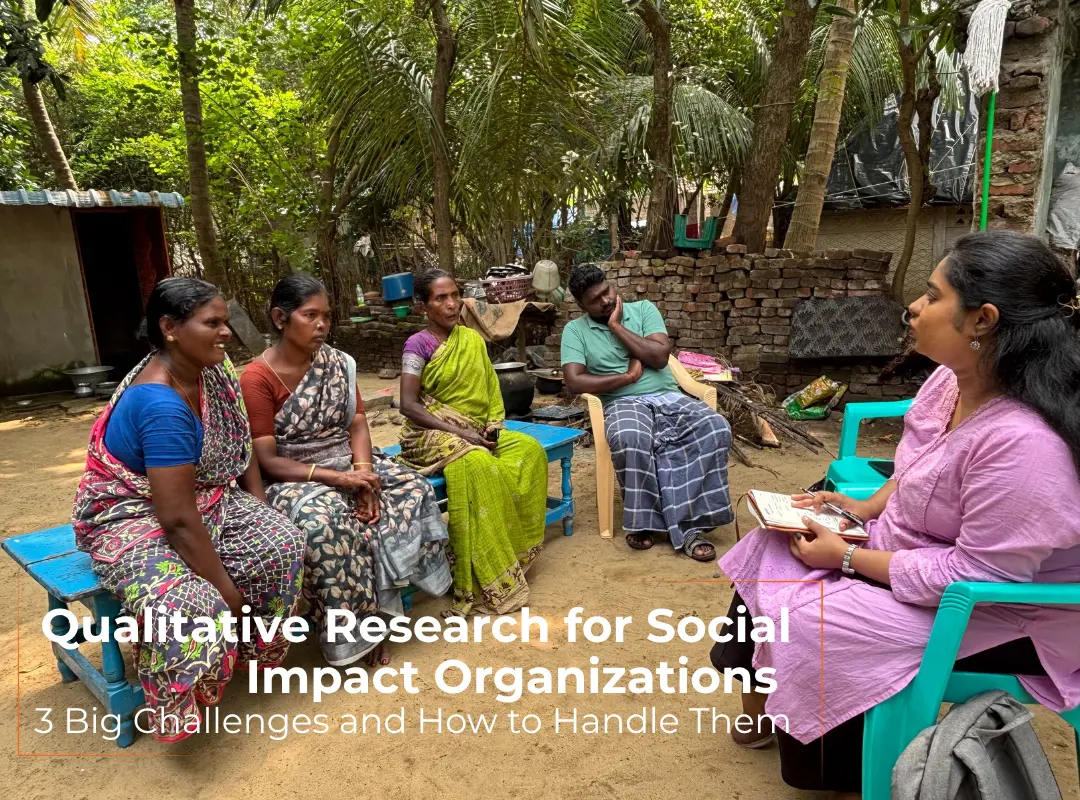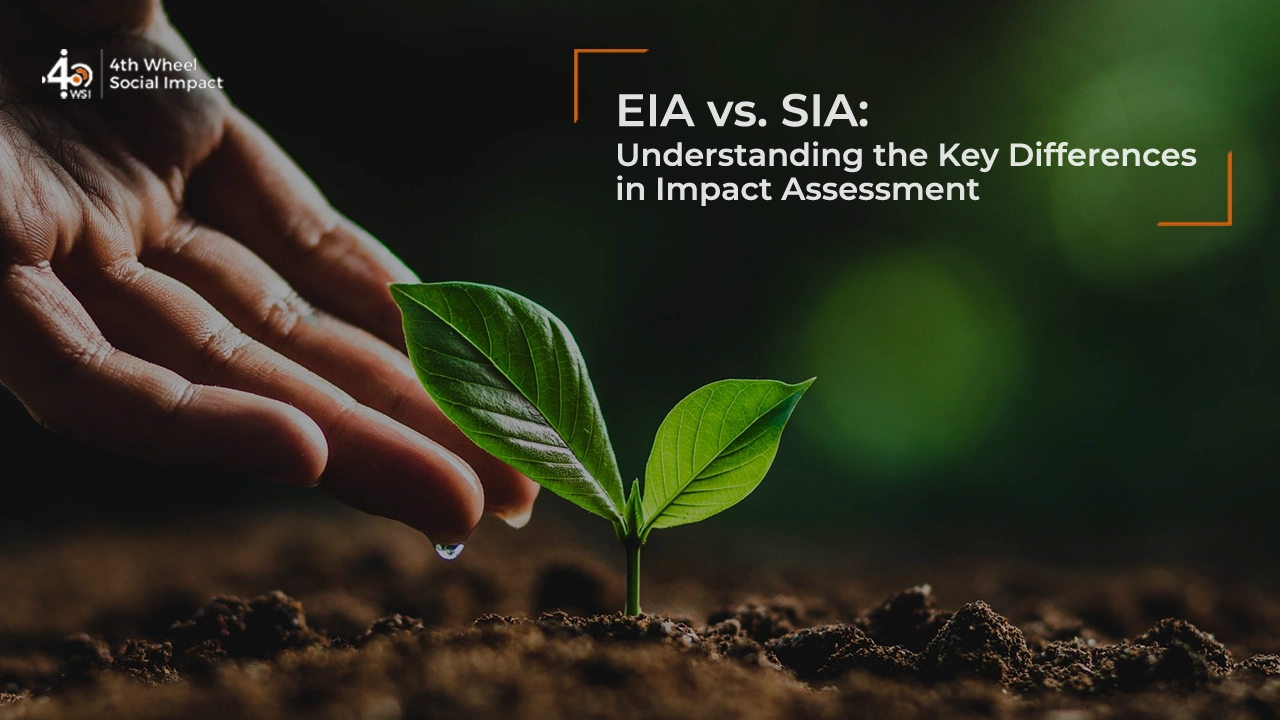Qualitative research is where stories breathe life into stats with real talk, raw feelings, messy truths mixed with surprise twists. Hands-on qualitative data analysis involves juggling pages of handwritten thoughts, piles of interview words, pieces of people’s daily experiences. These insights often won’t line up clean in rows or columns.
Many qualitative data analysis experts struggle with endless info, almost no time, plus this nagging worry that one might miss a key detail.
Here’s a look at three issues that arise during qualitative data analysis. We also look at some solutions to address these challenges that will help you to extract crucial insights while still getting solid results.
Table of Contents
Challenge 1: The Overload of Unstructured Data
The first hurdle that many qualitative data analysts face is being overloaded with data. As soon as interviews, focus group data, or field notes come in, many find themselves in knee-deep messy texts, loose audio clips, and jumbled transcripts. None of it seems worth tossing out and everything seems important.
Qualitative data visualization also needs a lot of tactical organizing. NGO teams and MEAL (monitoring, evaluation, accountability and learning) professionals often spend hours just sorting stuff instead of digging into insights. This can be an extremely time-consuming process.
Solution
Start by getting organized early. Use a solid plan for handling info from day one. Make naming rules simple so all team members stick to them. Store everything in a single spot digitally. Tag each item with clear notes. Tiny routines at the start keep stress low down the road.
Incorporating technology can be incredibly helpful to solve this challenge. Tools such as Dedoose help in populating each transcript, memo, and label into one space.
What sets Dedoose apart shows up the moment you begin tagging data as suddenly, everything links up. Instead of just listing topics, you spot how they connect, notice which ones pop up most, while trends slowly emerge right on screen.
Data visualization suddenly becomes easy. Imagine stepping back from a mess and suddenly seeing order grow. Since it’s made for group work, you always know who tagged which bit and exactly when that happened.
Challenge 2: The Battle for Consistent, Rigorous Coding
Anyone who’s teamed up on qualitative data analysis work realizes how differently people understand different experiences. One comment gets read by two professionals, yet each walks away thinking something totally distinct.
Manual coding in Word or Excel exacerbates this complexity because there’s no structured way to track changes, revisit earlier decisions, understand other team member’s perspectives clearly or ensure reliability across the dataset.
Solution
Consistent coding becomes much easier when the process is planned, documented, and supported by the right tools. Start with a clear coding framework aligned with your evaluation questions or theory of change. Define each code, its purpose, and when it should be applied.
Using a qualitative analysis platform like Dedoose strengthens this further. It allows you to apply codes systematically, track coding decisions, maintain version control, and compare how codes are used across transcripts or team members. Features like code frequency charts, inter-rater checks, and memoing help maintain rigor and reduce subjective variation.
Challenge 3: Turning Rich Narratives into Clear, Actionable Findings
You’ve gathered strong tales, vivid details, scenes that give you an in-depth view of the communities and their problems.
However, when it comes to crafting a version that leaders can scan, grasp right away, it starts getting difficult to explain everything you have understood as a qualitative researcher.
This is why tons of social impact reports fall flat. You’ve got stories, you’ve got observations and still, the results just sit buried in paragraphs. Turning profound insights into straightforward outcomes and impact stories that everyone in the organization can use, is extremely difficult when it comes to qualitative data.
Solution
The key to transforming rich narratives into clear, actionable findings is creating a bridge between stories and outcomes. Start by organizing your insights around the evaluation framework. This helps you shift from “what people said” to “what this means for the program.”
Breaking narratives into thematic clusters also helps to see the patterns that show up across respondents and help qualitative researchers to connect back to what the program set out to achieve.
A tool like Dedoose subtly strengthens this process by allowing you to conduct thematic analysis, compare patterns across groups, and pull-out evidence-backed excerpts quickly.
Why Qualitative Data Analysis Matters
In social development work, qualitative data analysis cannot be skipped. A solid grasp of profound insights is only possible through qualitative data analysis. Great qualitative work doesn’t merely outline how folks live – instead, it respects their experiences through community led research.
When qualitative insights are extracted and communicated clearly, they stop being long narratives that only researchers can decode and instead become usable intelligence for program design teams, leadership, and funders. The depth stays intact, but the meaning becomes easier to act on.
This is ultimately what strengthens MEAL practice: not just gathering stories, but translating them into insight-driven decisions, clearer program strategies, and stronger evidence of change.
At 4thWheel Social Impact, we realize the importance of qualitative data analysis. To help social development work and level-up qualitative data insights, we are conducting hands-on training on Qualitative Data Analysis with Dedoose.
Our certified training will help you to move from raw text to meaningful insights, using structured coding, thematic analysis, and data visualisation techniques.
Register here today and avail flat 10% discount for two or more participants on Hands-On Training: Qualitative Data Analysis with Dedoose by 4th Wheel.




